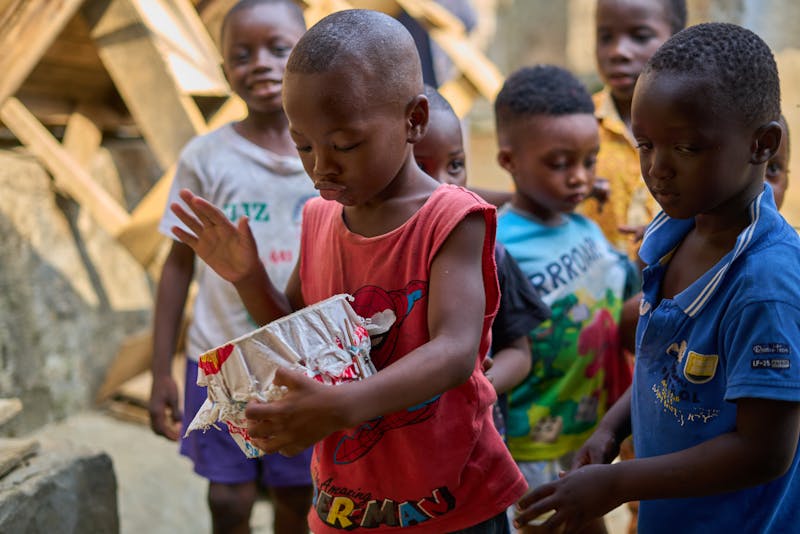Play Is Social Learning in Action: Understanding the Foundations

Four-year-old Mia and her friend Jade are building a “castle” out of sofa cushions. Mia insists it needs a “dragon gate,” while Jade is busy arranging the cushions into a “princess tower.” There’s a small disagreement (“No, the gate goes here!”) followed by negotiation (“Okay, but the princess can live in the tower if the dragon guards it”). Within minutes, they’re laughing and acting out their fantasy.
What’s happening here is far more than simple entertainment; it’s social learning in motion. Communication, compromise, problem-solving, and imagination all depict a joyful scene. This play activity involves serious learning for their future!
What Is Play? And Why Does It Matter?
At its core, play is a self-directed, enjoyable, and freely chosen activity that children engage in for its own sake. But beneath the giggles and make-believe, play is the environment where children test social rules, try on new roles, and build relationships.
Research consistently shows that play is a key driver of early childhood development. A landmark study by the American Academy of Pediatrics found that unstructured play not only fosters cognitive growth but also promotes emotional resilience, adaptability, and social competence.¹ Play is the foundation for how children learn to connect, cooperate, and communicate.
The Social Nature of Play
Play is inherently social, even when it starts alone. Think of a toddler stacking blocks. They might begin quietly, but when another child joins in, the scene transforms: there are negotiations over whose turn it is, shared giggles when the sandcastle collapses, and sometimes tears when disagreements arise.
Through these interactions, children learn how to be part of a group. They practice:
- Taking turns – waiting patiently is a learned skill.
- Listening and responding – hearing another’s idea and building on it.
- Negotiation – finding a compromise that works for everyone.
- Conflict resolution – moving past disagreements without breaking relationships.
One study on preschoolers’ play behavior found that children engaged in cooperative play displayed higher levels of empathy and better conflict-resolution skills than those with limited peer interaction.² In short, play teaches children how to socialise with others.
Learning Through Play: More Than Fun
We often think of “learning” as something that happens at a desk with a workbook, but play is a whole-body, whole-mind learning process. When children engage in pretend play, for example, they:
- Build empathy by imagining how others feel (“I’ll be the sick patient; you be the doctor”).
- Practice language by telling stories, giving instructions, and responding to peers.
- Strengthen self-regulation as they wait their turn or adjust to changing “rules” in their game.
These skills are the building blocks for life, leading to stronger relationships, better teamwork, and even improved academic outcomes later on.
Stages of Social Play (Parten’s Theory)
In the 1930s, sociologist Mildred Parten observed that children move through distinct stages of social play:
- Solitary Play – Playing alone, focusing on their own activity. Common in toddlers.
- Onlooker Play – Watching others play without joining in.
- Parallel Play – Playing side-by-side without much interaction.
- Associative Play – Sharing materials and ideas, but not yet fully coordinating.
- Cooperative Play – Working together toward a shared goal (like building that “dragon castle”).
These stages are not rigid timelines, children may move back and forth between them, but they show how play evolves from “me” to “we.”
The Sandbox Story
A few summers ago, I visited a preschool where the playground had a giant sandbox. I noticed two boys, Sam and Leo, who did not seem to know each other. Sam was busy building roads for his toy trucks, while Leo was burying seashells.
At first, they played separately (parallel play). Then Sam looked over and said, “You can use my dump truck.” Leo accepted and suggested they dig a tunnel between their projects (associative play). Within minutes, they were creating an elaborate construction site together, complete with delivery schedules and “sand taxes” (cooperative play).
That entire social connection, two strangers becoming collaborators, happened through play. No adult could have scripted a better social skills lesson.
Recognise the Social Growth
Children are not born knowing how to share or negotiate. These skills develop through repeated, meaningful social experiences, and play provides a safe, engaging space for that practice. The social lessons learned in childhood play are the same skills adults use in the workplace, friendships, and families.
The “Cooperative Build” Game
You’ll need:
- A set of building blocks, magnetic tiles, or even recycled boxes.
- 30–45 minutes of uninterrupted time.
How it works:
- Invite your child and one or more friends or siblings to “build something amazing” together.
- Step back and watch. Let them negotiate what they’re making and how to do it.
- If conflicts arise, don’t jump in with solutions right away. Ask questions like:
- “What do you think would work for both of you?”
- “Can you find a way to use both ideas?”
- At the end, celebrate their creation and the teamwork it took to get there.
This simple activity encourages cooperation, communication, and problem-solving in a natural, engaging way.
Remember: When we see children at play, we might notice the toys, the laughter, or the mess. But beneath it all is a lesson: play is where social growth takes root. As parents, we should understand and support play as fun while also recognising it as an opportunity to give children skills they will carry into every relationship for the rest of their lives.
Footnotes
- Yogman, M., Garner, A., Hutchinson, J., Hirsh-Pasek, K., & Golinkoff, R. M. (2018). The Power of Play: A Pediatric Role in Enhancing Development in Young Children. Pediatrics, 142(3), e20182058. ↩
- Howes, C. (1988). Peer interaction of young children. Monographs of the Society for Research in Child Development, 53(1), 1–92. ↩